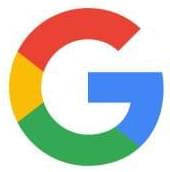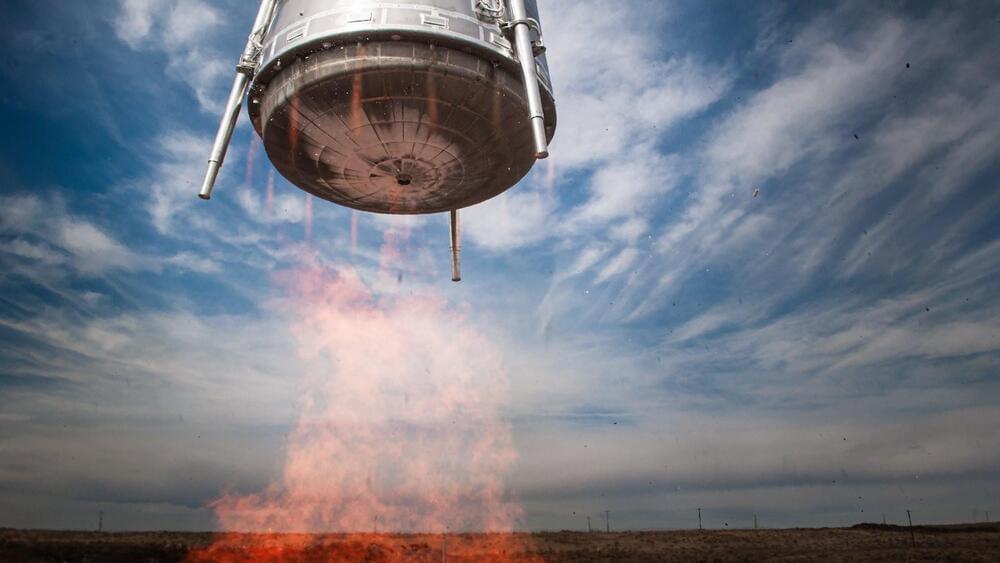Jeff Bezos’ Blue Origin will replace CEO Bob Smith with outgoing Amazon exec Dave Limp, CNBC has learned.



Go to https://brilliant.org/IsaacArthur/ to get a 30-day free trial + the first 200 people will get 20% off their annual subscription.
The cosmos seem silent and empty of any great interstellar empires, but perhaps they once existed, and if so, what titanic ruins might they have left behind?
Visit our Website: http://www.isaacarthur.net.
Watch ad-free on Nebula: https://nebula.tv/videos/isaacarthur-cyborg-armies.
Support us on Patreon: https://www.patreon.com/IsaacArthur.
Support us on Subscribestar: https://www.subscribestar.com/isaac-arthur.
Facebook Group: https://www.facebook.com/groups/1583992725237264/
Reddit: https://www.reddit.com/r/IsaacArthur/
Twitter: https://twitter.com/Isaac_A_Arthur on Twitter and RT our future content.
SFIA Discord Server: https://discord.gg/53GAShE
Credits:
The Fermi Paradox: Fallen Empires.
Episode 412a, September 17, 2023
Produced, Written & Narrated by:
Isaac Arthur.
Editors:
Jerry Guern.
Konstantin Sokerin.
David McFarlane.
Graphics by:
Darth Biomech.
Fishy Tree.
Jeremy Jozwik.
Ken York YD Visual.
LegionTech Studios.
Udo Schroeter.
Music Courtesy of:

The SpaceX Super Heavy Starship is already the largest and most powerful rocket ever built. Elon tweeted that future versions will be 10% to 20% longer. If the 20% longer development happens then the stacked rocket will be 144 meters long. Adding 24 meters would be over 60% of the length of the Space Shuttle orbiter which was 37 meters long.
Likely to be 10% to 20% longer in later versions.
— Elon Musk (@elonmusk) September 9, 2023

The Seattle-based company aims to build a “100% reusable” spacecraft capable of an ambitious 24-hour mission turnaround time.
Seattle-based startup Stoke Space successfully landed its reusable second-stage rocket this week following a brief hop test reminiscent of SpaceX’s early Starship tests.
The recent test, called Hopper 2, allowed Stoke Space to successfully test several novel engineering concepts, some of which were considered by Elon Musk’s SpaceX but ultimately discarded.
The future of war is cyberpunk and starship troopers.
Wars in the future may involve vast interplanetary conflicts or civil wars sprawling over an entire world or more, but what will those wars look like?
Start listening with a 30-day Audible trial and your first audiobook is free. Visit http://www.audible.com/isaac or text “isaac” to 500–500.
Visit our Website: http://www.isaacarthur.net.
Join Nebula: https://go.nebula.tv/isaacarthur.
Support us on Patreon: https://www.patreon.com/IsaacArthur.
Support us on Subscribestar: https://www.subscribestar.com/isaac-arthur.
Facebook Group: https://www.facebook.com/groups/1583992725237264/
Reddit: https://www.reddit.com/r/IsaacArthur/
Twitter: https://twitter.com/Isaac_A_Arthur on Twitter and RT our future content.
SFIA Discord Server: https://discord.gg/53GAShE
Listen or Download the audio of this episode from Soundcloud: Episode’s Audio-only version: https://soundcloud.com/isaac-arthur-148927746/planetary-civil-war.
Episode’s Narration-only version: https://soundcloud.com/isaac-arthur-148927746/planetary-civi…tion-only.
Now, a YouTuber called Jay Bowles who goes by the name Plasma Channel built one and posted the process on his channel on Saturday. He started his video off by saying he was partially inspired to build the thruster by MIT’s model developed in 2018.
This version of the technology actually made a vehicle fly. “Their design was brilliant,” said Bowles in his video. “And it included aspects of a decades-old device called an ionic lifter.”

“He has these enraging qualities, these drives and these demons, but if you pull those out, you don’t have the impulsive character that sets things off,” said Isaacson, who shadowed Musk for two years while researching his book, which published on Tuesday.
“Musk would say you are actually being selfish if you’re sitting there hoping the people in front of you like you,” said Isaacson. “As opposed to cutting off that sense of emotional connection and saying, ‘What’s best for the larger mission?’”
Elon Musk’s reckless streak can’t be separated out from his track record of innovation at companies like Tesla and SpaceX, says biographer Walter Isaacson.